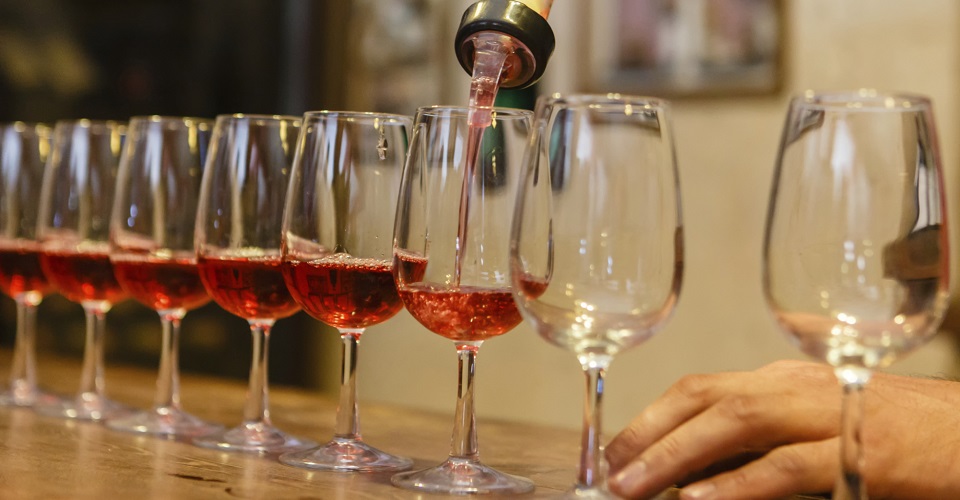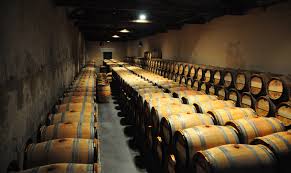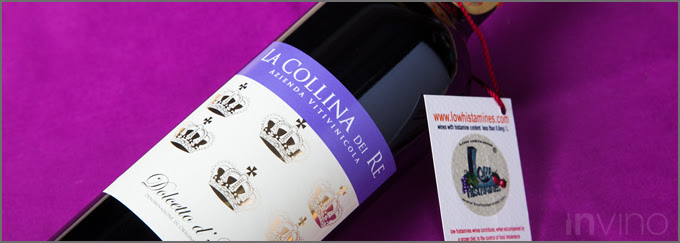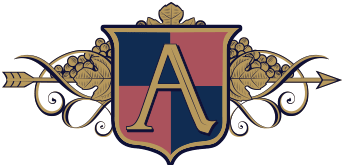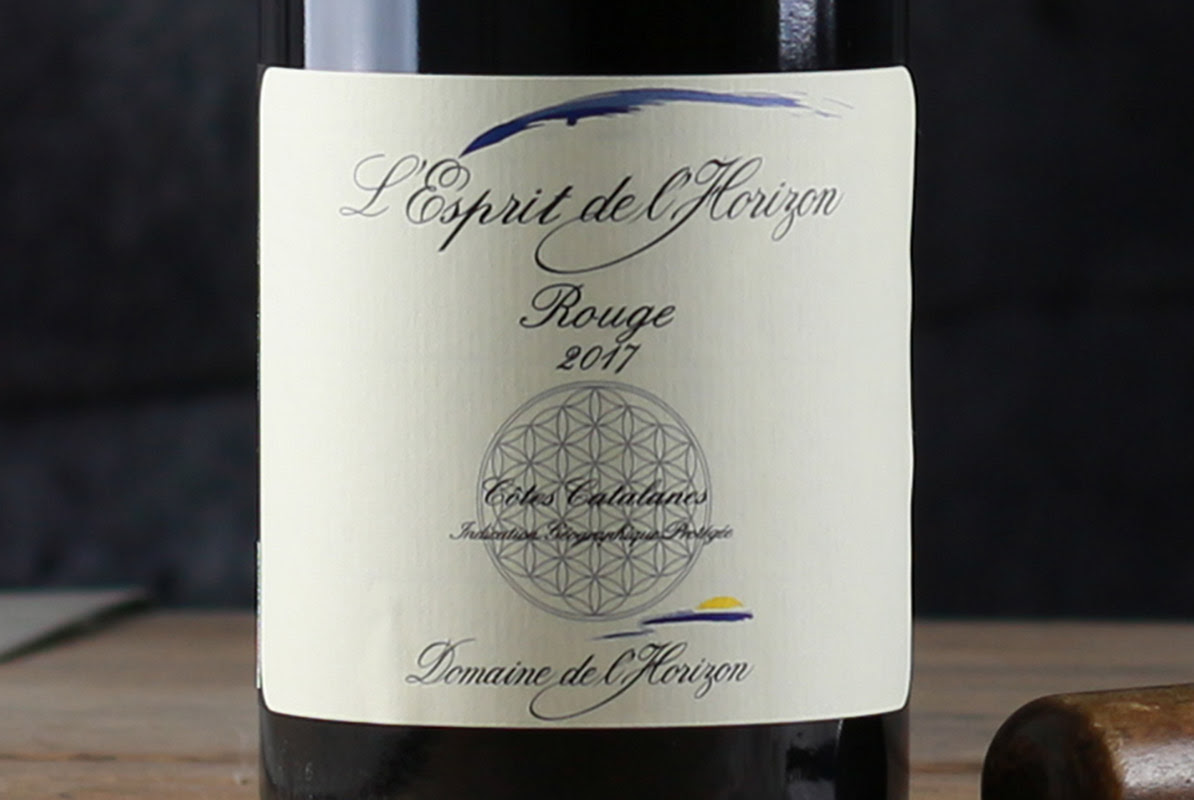In 1976, when my first wine article was published in Vintage Magazine, Robert Parker, Jr. was just getting into wine publishing. That’s about the only thing we share.
But we were contemporaries, a nice way of saying while he became famous and powerful, I hacked away and tried to make a living. I recall reading something he once wrote that made reference to my early wine articles. He once offered a few snippy comments about a book I co-authored which was published in 1980. And of course, every now and then, I read his newsletters and his books.
For over 30 years, whether I was with The Wine Spectator or with Decanter Magazine, he was sort of omnipresent. If any writer dared criticize him and his reviews, you were usually accused of being jealous. Sour grapes and all that.
Well, now that Parker has officially announced his retirement, I would like to offer my thoughts as a contemporary wine writer who was frequently made aware of his influence and who, honestly, was never envious or jealous.
My mixed feelings about Parker was not so much that he scored wines on a 100 point system, or even that he encouraged a riper, powerful style of wine in Bordeaux and elsewhere. My basic issue is that he crossed a serious line. He went over to the side of the producer early on, and neglected the consumer, the wine lover seeking advice of how to spend his money.
In an ironical way, he enabled producers to increase prices before the consumer could vote in the marketplace.
He did so maybe by lucky accident at first, but stuck to it most of his career. And what sin did he commit? It may seem picky but let me try to explain the way it works.
In some of his very early issues, he reported on the 1982 Bordeaux and went wild over the wines. Nothing wrong with a little enthusiasm, but the key point is that the wines were still in barrels, unfinished and many months away from being bottled and presented to a retailer and eventually to a wine buyer.
As every new, inexperienced wine writer soon learns, the opportunity to try wines out of the barrel is usually fun, often instructive, and ego flattering. So one can imagine the new-to-the scene Parker tasting through the 1982s from barrel and going gaga over them.
When a writer is invited to a winery, chateau, bodega, or a garage to taste wines from a barrel, the winemaker, owner or cellar worker has far more experience at this that you are. Part of winemaking is tasting samples from barrels and keeping notes of the wine, the vintage, and each barrel.
Here’s an inside secret that is also a fact: the same wine can and often does taste differently from barrel to barrel. So at Chateau Mouton Rothschild, Latour or Margaux there may have been over 200 barrels holding wines at each cellar made in 1982.
Want to guess who might know which barrel is tasting the best at a certain time? Known as the maitre de chai, the cellar master is the answer.
That barrel that is the choice du jour for a visiting wine critic is known in the wine trade as the “sweet barrel.” Who can blame anyone for offering it to taste? Later on the contents of that barrel gets tossed into the same blending tank along with the other 199 barrels and, once bottled, becomes a tiny part of the wine of the vintage.
Winemakers everywhere know these “tricks” of the trade. Helen Turley, still regarded as a goddess, met me one day and drew barrel samples from several of her clients whose wines were at Napa Wine Cellars in Oakville. Not only had she pre-selected the one best barrel for each wine, but she also brought along her favorite special, extra large and perfectly cleaned Riedel wine glass for me to sample each wine. Slick!
The fact remain that no matter how similar the final big batch may be to the sweet barrel, it is not the exact same. It could be quite different. Only one or two defective barrels is needed to make the final wine far less attractive than that sweet barrel.
But most of the time, the final wine, to return to Bordeaux, the master blend of all 200 barrels is not that different, so what’s the harm? It may seem more like a technicality than a sin.
To understand the sin, remember that most wine goes through a three tier marketing system in the US. In Bordeaux, the marketing is ever more complicated as each chateau can offer a percentage to the agent or exporter who then can hold or sell that share to the importer or retailer BEFORE THE WINE IS BOTTLED.
Traditionally, Bordeaux wines are sold to the wine trade in slices, a tranche every few months, and each slice normally carries a different price. Usually higher as time goes by. Typically six months after the harvest the Bordeaux wines are presented to prospective agents at what’s known as En Primeur time. The topic of bottle price is “the” topic. Some chateaux owners wait to see what others are doing price wise.
It is a kind of cat and mouse situation. The top chateaux, the high-priced ones, rarely tip their hand early.
So Parker by rating and publishing his report before a wine is bottled and long before it is ready to be sold is playing right into the profit-minded, sometimes greedy hands of the producer. If his score is high, the bottle price goes up at each tranche. But the wine is still in barrel. Many barrels. And in Bordeaux, at each tranche, prices are adjusted.
At some point, you the consumer can place an order for some of the wines through the importer or, more likely, via your friendly retailer. You are then buying “wine futures,’ but have not personally tasted the wine. Nor has your trusty wine merchant.
Yes, that is totally nuts! Yes, there have been many disappointments and more than a few scams and scandals. Remember John Fox, the Berkeley wine merchant, who sold futures over and over and ran into problems and jail time with his ponzi scheme?
As for Parker’s original sin, he enabled producers, the chateaux owners, and their middlemen or negociants to hike up the price in advance of the ultimate release of that wine. He also enabled the importer and retailer to promote that wine with his glowing rating and review far in advance of the release date.
Retailers with newsletter to clients and shelf talkers in the store loved this heads up.
This process encouraged wine lovers and collectors to order limited production wine ahead of time from the retailer or importer before it is sold out. Keep in mind although people have put down some serious money, these buyer have not tasted the wine.
It is an act of faith. Faith in Parker, faith that the final bottled wines are as good as he says, faith in believing the wines they paid for will be the same wines delivered to them.
Faith and gullibility are not totally unrelated.
Human nature is such that no person is likely to ever admit being duped, tricked, or slightly misled.
Parker often did the same in California with a new winery. The first vintage of Dominus which has an ownership connection to Petrus, was sampled from barrel before the final blend was composed.
The first Dominus vintage was 1983, and under Moueix direction, Chateau Petrus had become the glamour name, especially after the 1982 earned rave reviews from Parker and most others. Parker wrote that the 82 Petrus “was absolutely celestial from cask” and gave it 100 points in his March, 1985 issue. Key point to note: his rating was based on a cask, or barrel sample, not the final wine.
Like other writers, I was anticipating the inaugural vintage of Dominus Estate. A year earlier writers had been invited to the official release of the inaugural Opus One.
Then two things happened that were surprising. First, the owners decided to release the 1984 and held the 1983 off the market for a time. Why? Obviously, the 84 was much better, showed better, and was stronger out of the gate. Putting your best foot forward is a cliche for good reason.
The second thing that happened I found unforgivable. The owners/partners decided to provide advance samples of Dominus to Parker and nobody else. He tasted barrel samples either in Napa or in his office and declared Dominus to be the greatest wine since Bacchus or some such wild, over-blown comment.
Writers like me and my colleagues at the Spectator read the rave reviews from Parker before we had an opportunity to check the wine out for ourselves.
Sadly, the rules of the game had changed. I devoted my next Wine Spectator column to the subject and it got some reaction. A few weeks later I bumped into Robin Daniel Lail who owned the Napanook vineyard and she commented on my “testy tone.” That conversation went nowhere; I was pissed, not testy. I still respect Robin; I suspect she was trying to let me know that special early bird privilege was not her doing.
The rules, procedure or protocol…whatever you call it had changed with wine writers. Parker continued tasting and rating wines usually before their release dates and most producers working the high end of the market needed only one score before offering their wine.
By the end of the 90s, writers like me would get samples of many wines with a letter announcing how happy they were to release these wines. And then it would go on to present the rating and tasting notes from Parker. That puts you in a funny position, like should you disagree with the rating, the standard reaction was you must be jealous.
No wonder the Palymeyers and Marcassins of the California wine world wine loved him. He was the advanced man, the enabler encouraging owners to set prices based on his ratings, not on an open market and not on multiple reviews which happily now exist.
No wonder the Bordeaux chateaux owners invited him to the annual en premier tasting which was once open only to members of the wine trade. That secured his special status as the advance man for many years. By 2000, Roger Voss and many other British writers had complained about the unfairness and from then on, en premier was open to the press by invitation only.
When prices are high, everyone is happy and everyone from producer to retailer benefits from Parker’s early ratings.
Except maybe the average consumer who ended up paying for a wine on the basis of Parker’s advanced hype. I have long maintained he totally overrated the 2003 vintage in Bordeaux, the year of an intense heat wave late in the season. When attending Vin Expo in Bordeaux in June, 2003, I realized it was incredibly hot over that entire week and most of the month. In some of the non-air conditioned rooms, corks were popping out of bottles during the convention.
Again, when I returned to our home in Bordeaux in September, the heat wave continued. It was the earliest harvest since 1883 because of the heat.
Parker went way out on a limb, and most other legit wine critics disagreed with his assessment of 2003. One wine often used as an example of his over-rating was the 2003 Chateau Pavie, a St. Emilion. Parker placed it in a small group of wines he rated 96-100 points. Jancis Robinson frequently cited this wine as an example of Parker’s over-ratings and misleading his readers.
In June of 2007, I was hosting two couples who bought a trip to Bordeaux at Winesong auction the previous year. Part of the itinerary arranged by me happened to be a visit to Pavie. The guide offered 3 vintages, one of which, hold on, was the 2003. As they tasted, I said nothing. Then, rather quietly, Bill Shubin, one of the guests and a seasoned wine collector, muttered, “There is something wrong about this wine.” And he thought it was over-ripe, raisined and slightly pruny.
But however you look at it, Parker changed the wine market. When the initial offering of the 1982 Chateau Petrus was made, the price was $30 a bottle. By 1985, after the big build up and the wine was on retail shelves, the price was over $300 a bottle.
The average price of a 2014 Petrus is around $2,500.
Rating wines that are still in barrel is a practice that didn’t begin or stop with Parker. Many continue doing so in order to get the jump on the competition.
Parker called his guide”The Wine Advocate,” not the consumer advocate.
He helped the wine industry more than the wine consumer.
His books on bargains and values were too little and too late in the game.
He was not the wine consumer’s best friend.
